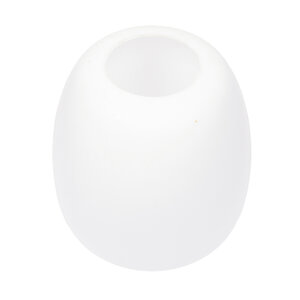Wilhelmietenmuseum
The Wilhelmites are named after Wilhelmus of Maleval († 1157) a hermit who lived in Italy. In the course of time monasteries were founded all over Europe. In 1278, the Wilhelmite monastery in Den Bosch founded the monastery 'Monasterium Beatae Mariae Virginis' (of the Blessed Virgin) in Huijbergen.
The convent survived the violence of the Eighty Years' War, but even though after the French era, a part of the land, farms and houses could be bought back, the last monk of the Wilhelmites did not see his order revived and left in 1847.
The Vicariate Breda took over the possessions and made them available for the education of orphans. The Friars of Huijbergen started their educational work here. Unfortunately, the monastery of the Wilhelmites, with all its later expansions, was set on fire by the Germans in 1944 during the battle of Antwerp. Fortunately, the gatehouse was spared. After a thorough restoration, the Wilhelmite Museum was opened there on 27 August 1977. In six rooms many memories of the Wilhelmite order and of the work of the Huijbergen brothers are exhibited. Every year, local artists are given the opportunity to exhibit in one of the halls.








